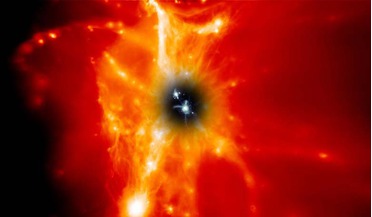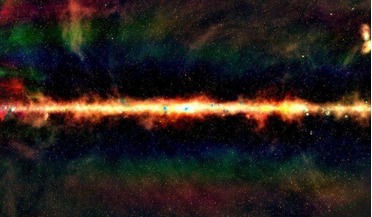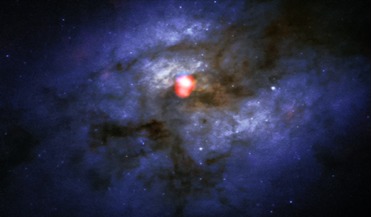 10 December 2021
SpaceX launches NASA's IXPE mission
10 December 2021
SpaceX launches NASA's IXPE mission
... the polarization of X-rays from the most extreme and mysterious objects in the universe – supernova remnants, supermassive black holes, and dozens of other high-energy objects. “IXPE represents another extraordinary first,” said Thomas Zurbuchen...
...place among the stars. The collection also includes the Black Widow Spider. Although normally associated with a small, ... constellations are from gamma-ray sources, such as supermassive black holes, gamma-ray bursts and the debris of supernova ...
 March 2021
Messier 82’s starburst magnetic highway
March 2021
Messier 82’s starburst magnetic highway
... here) have a more cone-shaped morphology than the familiar jet-like form resulting from the supermassive black hole accretion in the hearts of other active galaxies. These results allowed researchers to determine that the magnetic field...
 06 June 2016
Galaxies guilty of 'wasting' precious planet building material
06 June 2016
Galaxies guilty of 'wasting' precious planet building material
... 300,000 degrees Kelvin. To populate a galaxies CGM with heavy elements it takes massive amounts of energy from supermassive black holes and exploding supernovae in violent and long-lasting processes that can take over 10 billion years, “which...
 26 October 2016
Australian radio telescope shows the Universe in radio waves
26 October 2016
Australian radio telescope shows the Universe in radio waves
... of explosions from the most ancient stars in our galaxy, and find the first and last gasps of supermassive black holes,” she said. The GLEAM survey is an important step on the way to the low frequency part of the Square...
 22 December 2016
Faint signals of water in the nearby Universe can now be detected by ALMA
22 December 2016
Faint signals of water in the nearby Universe can now be detected by ALMA
... of water in a wide range of objects including forming and evolved stars, the interstellar medium and regions close to supermassive black holes.”